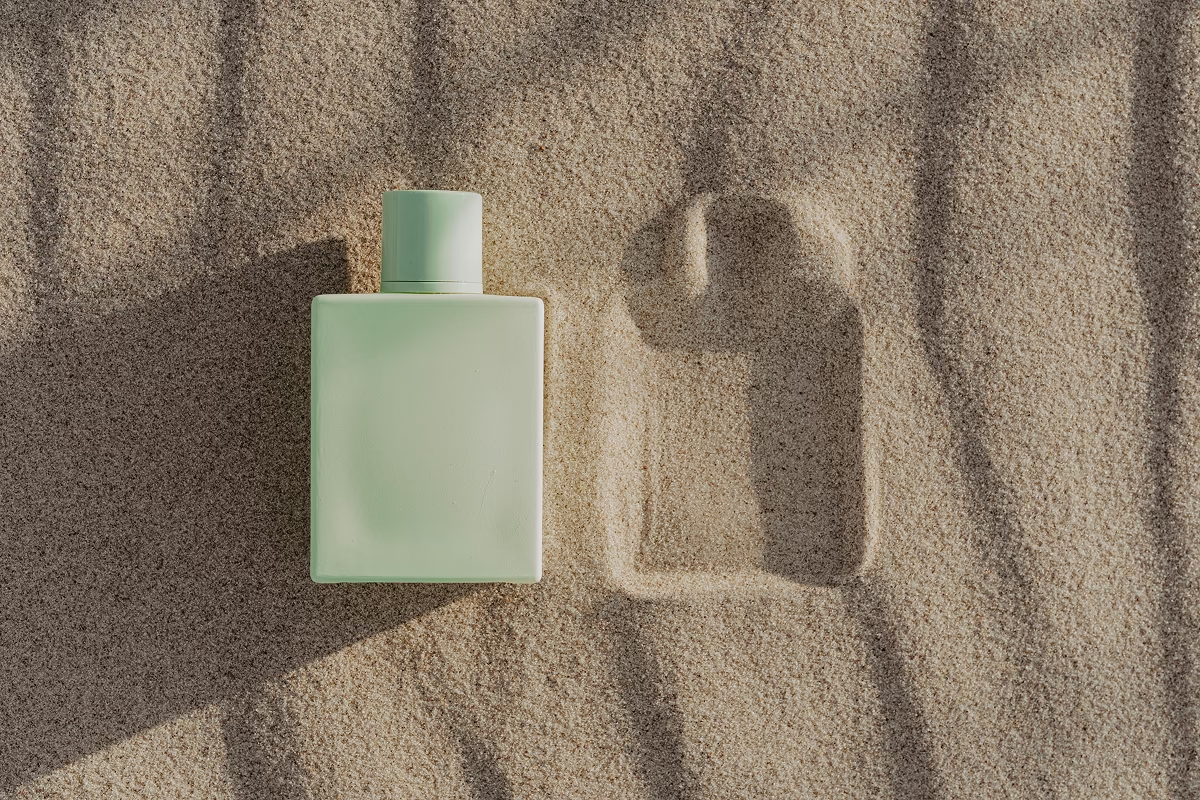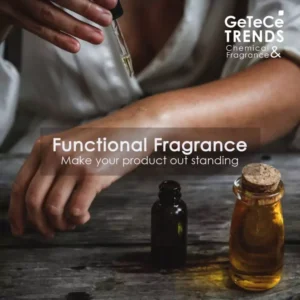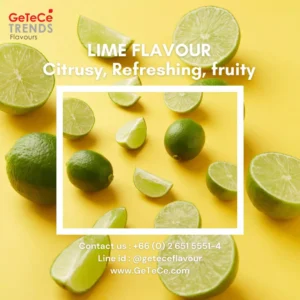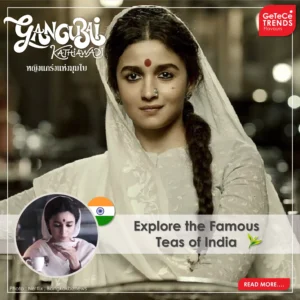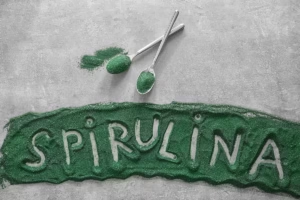The fragrance industry is experiencing a profound shift. Walk into any beauty retailer today, and you’ll notice a new vocabulary emerging on product labels: “clean,” “transparent,” “conscious.” But what does “clean fragrance” actually mean, and why are consumers—from Gen Z shoppers to seasoned perfume connoisseurs—demanding it?
The clean fragrance movement isn’t just another fleeting trend. It represents a fundamental change in how consumers think about what they put on their skin, what ingredients they’re willing to accept, and which brands they trust. For fragrance houses and FMCG brands alike, understanding this shift isn’t optional—it’s essential.
The Rise of Conscious Consumers
The clean beauty revolution began with skincare and cosmetics, but fragrance was always going to be next. A 2024 study by the Environmental Working Group found that 73% of consumers now actively seek products with transparent ingredient lists, and fragrance is no longer exempt from scrutiny.
What’s driving this change? Three key factors:
Ingredient Awareness:
Social media has democratized beauty education. Consumers can now research ingredients in seconds, sharing information about potential allergens, synthetic compounds, and sustainability concerns across platforms. This transparency has fundamentally altered the power dynamic between brands and buyers.
Health Consciousness:
Post-pandemic consumers are more attuned to wellness than ever. They’re questioning everything from the air quality in their homes to the products they apply daily. Fragrance, once considered purely aesthetic, is now viewed through a health and wellness lens.
Environmental Responsibility:
Climate anxiety is real, particularly among younger consumers. They want to know not just what’s in their products, but where ingredients come from, how they’re harvested, and what happens when those products wash down the drain.
Decoding “Clean”: What It Really Means
Here’s where it gets complicated: unlike “organic” or “natural,” there’s no universal regulatory definition for “clean” fragrance. Different brands interpret it differently, which has led to both innovation and, unfortunately, some confusion.
However, the clean fragrance movement generally centers on several core principles:
Transparency First:
Clean fragrance brands commit to full ingredient disclosure. No more hiding behind the nebulous term “parfum” or “fragrance” on ingredient lists. Consumers want to know exactly what molecules they’re wearing.
Exclusion Lists:
Most clean fragrance standards exclude certain controversial ingredients. Common exclusions include phthalates (linked to endocrine disruption), parabens, synthetic musks, and certain preservatives. Some brands go further, avoiding ingredients flagged by organizations like the International Fragrance Association (IFRA) or meeting California’s Prop 65 standards.
Sustainable Sourcing: Clean isn’t just about what’s excluded—it’s about where ingredients come from. Ethical sourcing, fair trade practices, and biodiversity protection are increasingly non-negotiable for conscious consumers.
Environmental Impact:
The conversation extends beyond the bottle. How does the fragrance break down in water systems? What’s its biodegradability profile? These questions matter to today’s eco-conscious buyers.
The Science Behind the Standards
While marketing teams debate terminology, scientists are working on the metrics that matter. Biodegradability has emerged as a crucial factor in assessing a fragrance’s environmental footprint. When fragrance molecules wash off our skin and enter water systems, how quickly and completely do they break down?
Recent advances in testing protocols allow fragrance houses to provide precise biodegradability data for each formulation. This scientific rigor transforms “clean” from a vague marketing term into a measurable standard. Some forward-thinking suppliers now provide biodegradability certificates for every fragrance composition, giving brands concrete data to share with increasingly informed consumers.
The shift toward vegan formulations represents another scientifically backed evolution. Traditional perfumery relied on animal-derived ingredients like musk, ambergris, and castoreum. Today’s biotechnology and green chemistry can create these notes without animal sourcing, maintaining olfactive excellence while meeting ethical standards. Comprehensive non-animal testing protocols ensure safety without compromise.
What Consumers Are Actually Asking For
What Consumers Are Actually Asking For
Research from Mintel’s 2024 Global Beauty & Personal Care trends reveals what clean fragrance consumers truly prioritize:
Proof Over Promises:
68% of consumers say they’re skeptical of “clean” claims without third-party certification or transparent data. They want receipts—literally. Biodegradability certificates, sustainability reports, and clear sourcing information build the trust that vague marketing claims can’t.
Performance Without Compromise:
Clean doesn’t mean weak. Consumers expect fragrances that last, that project, that deliver the same sensorial experience as conventional options. The challenge for the industry is proving that clean formulations can be just as sophisticated and long-lasting.
Specific Standards:
Savvy consumers now reference specific regulations. California’s Prop 65, the EU’s cosmetics regulations, and emerging clean beauty standards provide frameworks they understand and trust. Brands that can demonstrate compliance with these established standards have a significant advantage.
Customization:
One person’s “clean” might emphasize natural ingredients, while another’s focuses on synthetic molecules with proven safety profiles. The most successful clean fragrance approaches offer transparency, allowing consumers to make informed choices based on their personal values.
Meeting Clean Standard
For brands looking to enter the clean fragrance space—or reformulate existing products—partnering with a fragrance house that understands both the science and the sentiment is crucial. The ability to provide detailed biodegradability data, guarantee vegan formulations, and ensure compliance with clean beauty regulations isn’t just a nice-to-have; it’s becoming table stakes.
Leading suppliers are now developing specialized clean fragrance collections that exclude all commonly restricted ingredients while maintaining the creativity and performance brands need. These collections offer a shortcut to clean compliance without sacrificing olfactive artistry.
GeTeCe Co has responded to this market shift by making transparency and sustainability foundational to their approach. Every fragrance composition comes with comprehensive biodegradability certification, providing brands with concrete data to share with consumers. Their entirely vegan portfolio, developed without animal testing, meets the ethical standards today’s consumers demand. And for brands seeking the ultimate in clean compliance, GeTeCe offers specialized collections formulated to exceed clean beauty regulations, excluding all controversial ingredients while delivering exceptional sensorial experiences.
The Future Is Transparent
The clean fragrance movement isn’t slowing down—it’s evolving. Expect to see blockchain technology enabling full ingredient traceability, AI-powered tools helping consumers match products to their specific sensitivities, and even more rigorous environmental impact assessments.
What won’t change is the fundamental consumer demand driving this movement: the right to know what’s in products, where it comes from, and what impact it has. Brands that embrace transparency, invest in sustainable practices, and commit to measurable clean standards won’t just survive this shift—they’ll lead it.
The question isn’t whether clean fragrance is here to stay. The question is: how will your brand answer when consumers ask what “clean” means to you?
In an era where consumers scrutinize every ingredient and every claim, the fragrance industry’s evolution toward cleaner, more transparent formulations isn’t just good ethics—it’s good business. The brands that thrive will be those that view clean not as a constraint, but as a catalyst for innovation.
